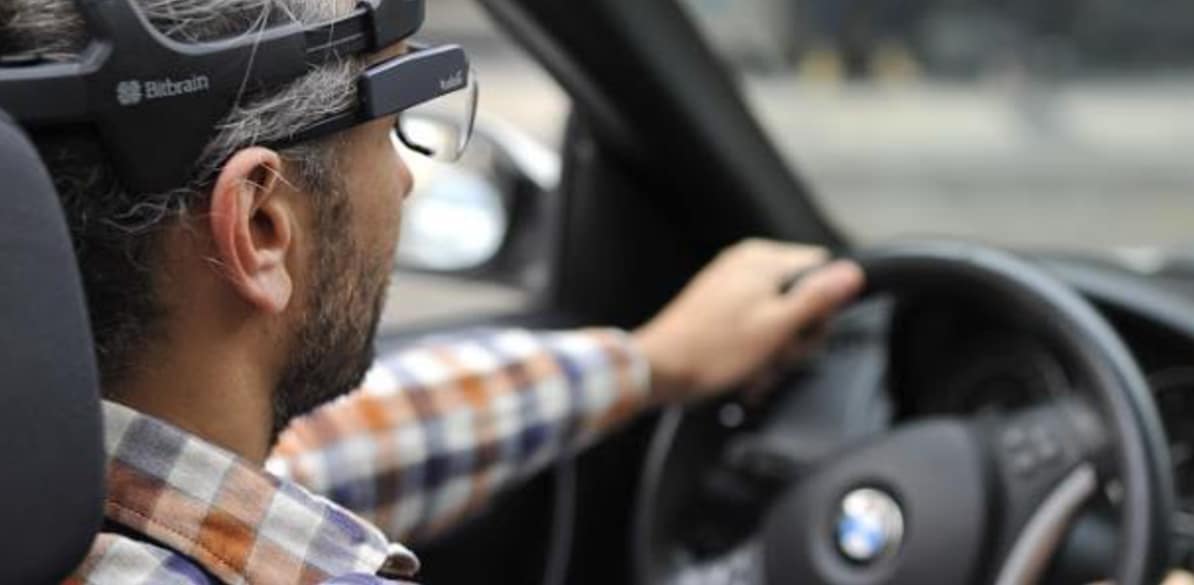Are hard-hitting or soft traffic campaigns more effective?
We answer this question thanks to the study Evaluation of traffic and road safety campaigns

Road Safety
Every year, large amounts of money are invested in traffic campaigns to make drivers aware of how important it is to avoid risks on the road. However, besides measuring their impact through the increase or decrease in traffic accidents at the time, no real assessment is made of how effective they are on the people who watch them.
Human behavior is based on two types of reactions, some are conscious and rational reactions, what neuroscience refers to as system 2, while the non-conscious reactions correspond to system 1, in other words, the things we do automatically, without thinking, intuitively. It is estimated that 95% of human behavior is based on system 1, non-conscious reactions, while approximately 5% is based on conscious reactions.
To analyze whether traffic campaigns are effective, whether they target both the conscious and non-conscious parts of the brain, and to understand whether hard-hitting or softer, more informative messages are better, in this study we used neuromarketing, a technique that uses technologies which measure the physiological reactions a person has to what they are watching, to evaluate non-conscious reactions and personal interviews with the participants to learn about conscious impact.
A total of 80 participants (drivers between 18 and 65 years of age who have never been involved in a serious traffic accident) divided into two groups, balanced by age and gender, watched 24 campaigns (one group 12 hard-hitting and the other 12 soft) and underwent a number of different tests. These included an implicit response test to measure how concepts are associated in the brain; eye tracking systems that allowed us to follow attentional processes, meaning where people are looking, in this case, on the screen; sensors that monitor heartbeat and skin sweating; and, finally, a headband that senses electrical signals from the brain and reveals attentional processes, namely, how much cognitive attention is being paid at a given moment, how important it is, and whether the emotion is positive or negative.
All these tests allowed us to learn about the participants’ perception of danger before and after watching the campaigns.
The results show that both types of campaigns are effective. With the hard-hitting campaigns, the perception of danger when committing reckless driving is increased by about 6%. But what is intriguing about this study is that the perception of danger increases even more, up to almost 7%, after people watch soft campaigns.
“When you see a heartbreaking image, there is an emotional impact, but the brain raises cognitive barriers, provoking rejection. If you keep putting up harrowing images, it’s as if you see them from the outside. Unconsciously you think it can’t happen to you. In contrast, in soft campaigns, the non-conscious brain comes into play and we are more open to the information that is being given to us and good results are obtained”, says Maria Lopez, founding partner and CEO of Bitbrain.
When system 2 was activated, which is conscious, for example, in the interviews conducted with the participants, they stated that it was the more hard-hitting campaigns that caused them to pay more attention, experience more fear and change their perceptions more. For Jesús Monclús, Director of Accident Prevention and Road Safety at Fundación MAPFRE, there is either bias or convention in this statement. “Soft campaigns achieve a greater change in people than hard-hitting ones. The neurological part, the non-conscious part, is more reliable than the verbal aspect”, he points out.
The study also offers recommendations for more effective campaigns, such as including a celebrity or close-ups of children to provoke a powerful emotional reaction in viewers. It also emphasizes the fact that it is not necessary to show vivid images of an accident to produce greater impact, and that the use of braking noises with previously seen images allows the brain to anticipate what is going to happen.
“To educate a child or a person in general, you need the whole tribe”, says Jesús Monclús, recalling an African proverb. “Traffic campaigns are a tool within a link, in a chain of many other activities.”
